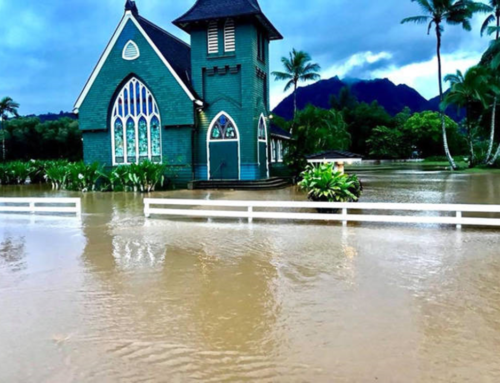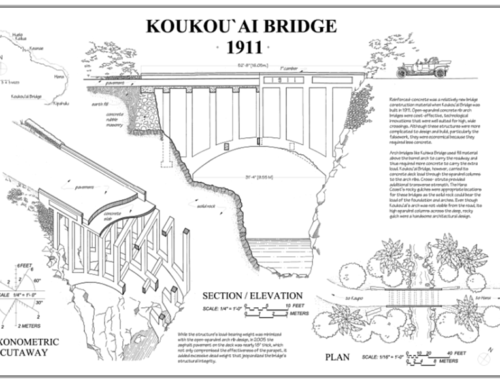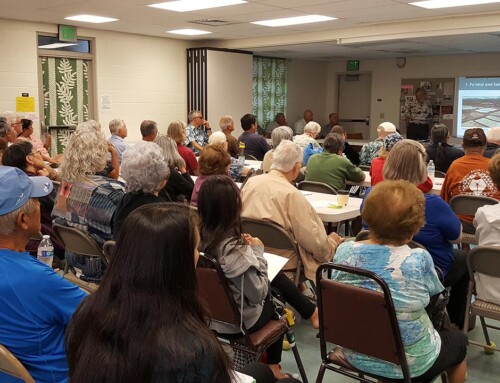The National Historic Preservation Act (NHPA) of 1966 was a significant step in providing a means of protecting our Nation’s history. The Act provides for a National Register of Historic Places to include districts, sites, buildings, structures, and objects significant in American history, architecture, archaeology, and culture that have importance at either the national, state or local level. Additionally, it provided funding for State Historic Preservation Officers and their staffs to conduct surveys and comprehensive preservation planning and established standards for state programs and requires states to establish mechanisms for Certified Local Governments to participate in the National Register nomination and funding programs.
Section 106 of the Act is perhaps the section of the law that is referred to most often. It requires that federal agencies having direct or indirect jurisdiction over a proposed federal, federally assisted, or federally licensed undertaking, prior to approval of the expenditure of funds or the issuance of a license, take into account the effect of the undertaking on any district, site, building, structure, or object included in or eligible for inclusion in the National Register of Historic Places, and afford the Advisory Council on Historic Preservation, the State Historic Preservation Office, and other interested parties a reasonable opportunity to comment with regard to the undertaking.
This means that before work can commence on a project with any federal involvement, the federal agency involved with the project must consult under Section 106 (NHPA). Section 106 does not apply only to projects that take place on federally-owned land. Whether it is a project undertaken on federal land, such as a military base, or one that is on private land but has received funding from a federal agency, such as Department of Housing and Urban Development (HUD) or the Federal Emergency Management Agency (FEMA), the federal agency needs to complete consultation under Section 106 before the project may commence. Section 106 also applies when a permit is required from a federal agency, such as the Army Corps of Engineers or the Environmental Protection Agency (EPA).
The purpose of Section 106 is to balance historic preservation concerns with the needs of federal undertakings. The review process ensures that federal agencies identify any potential conflicts between their undertakings and historic preservation and resolve any conflicts in the public interest.








